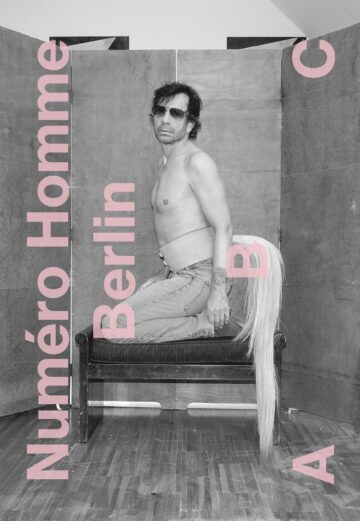
FIGHT ISSUE VOL B: OLIVER ZAHM
OLIVER ZAHM: THE RELENTLESS PURSUIT OF BEAUTY
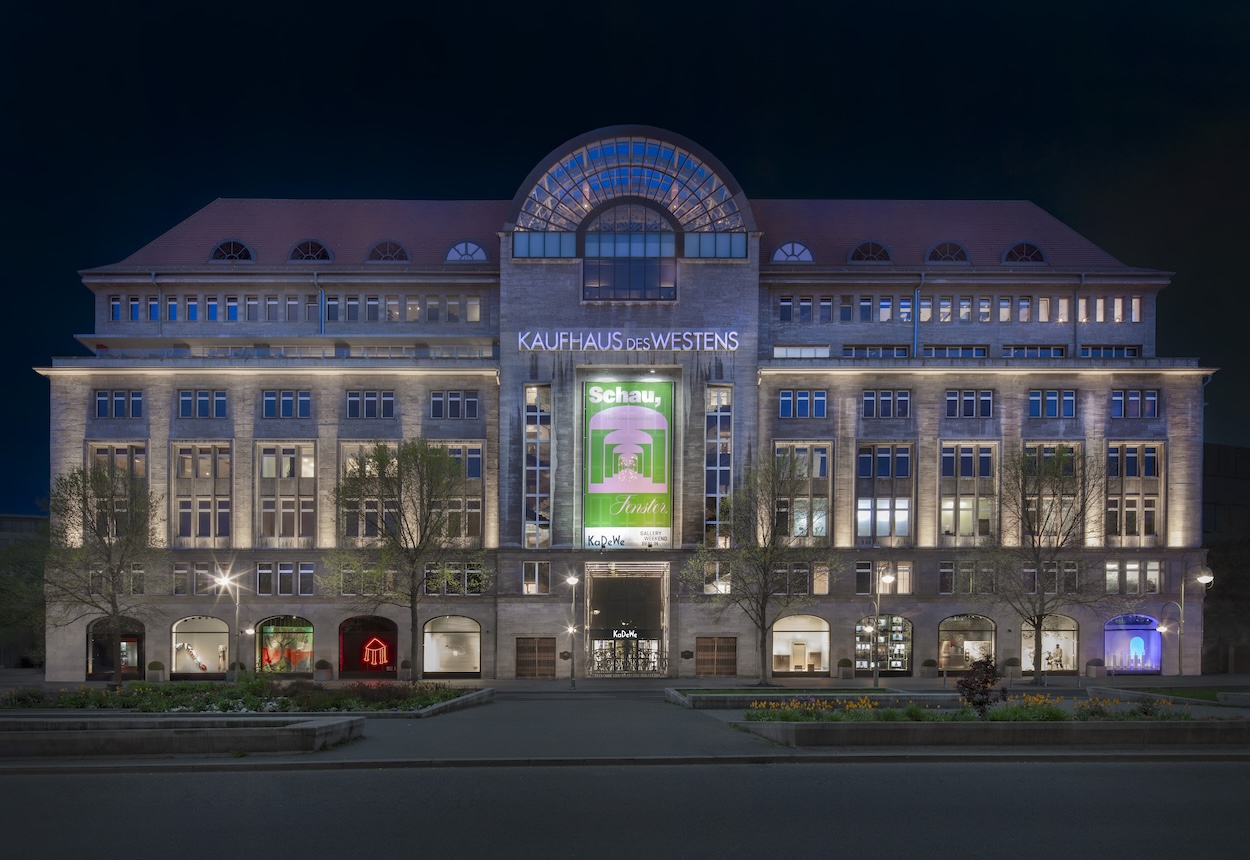
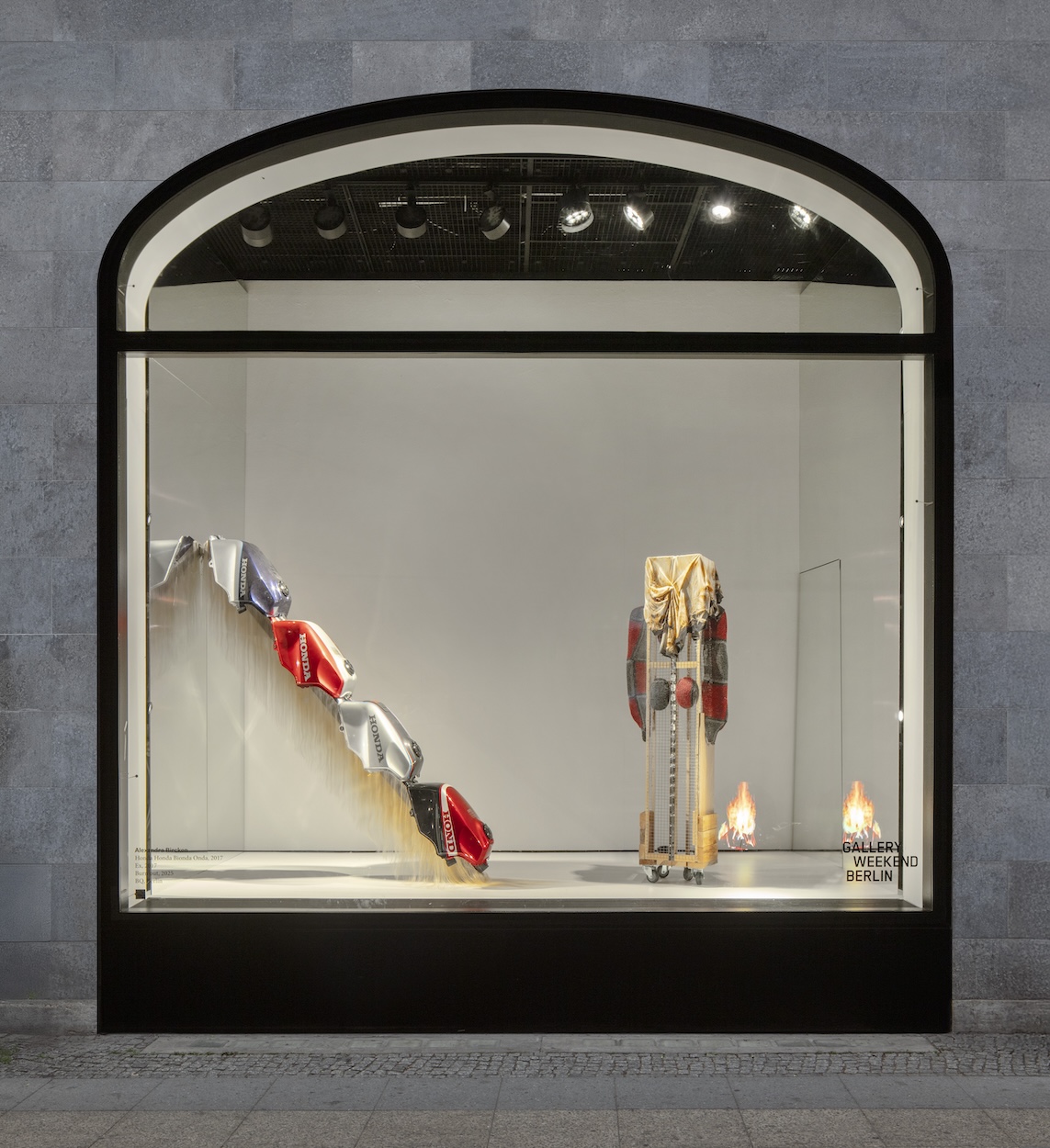
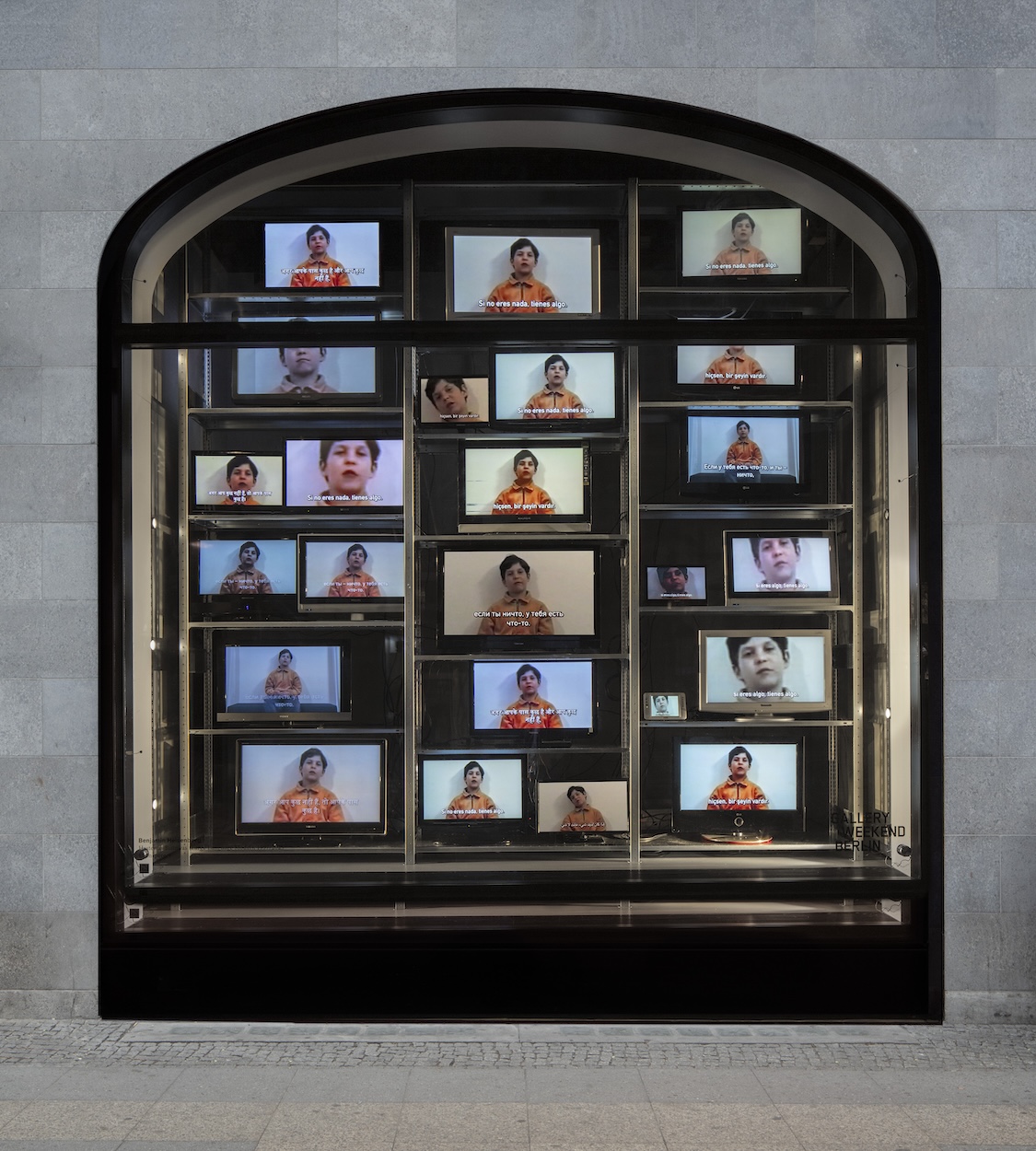
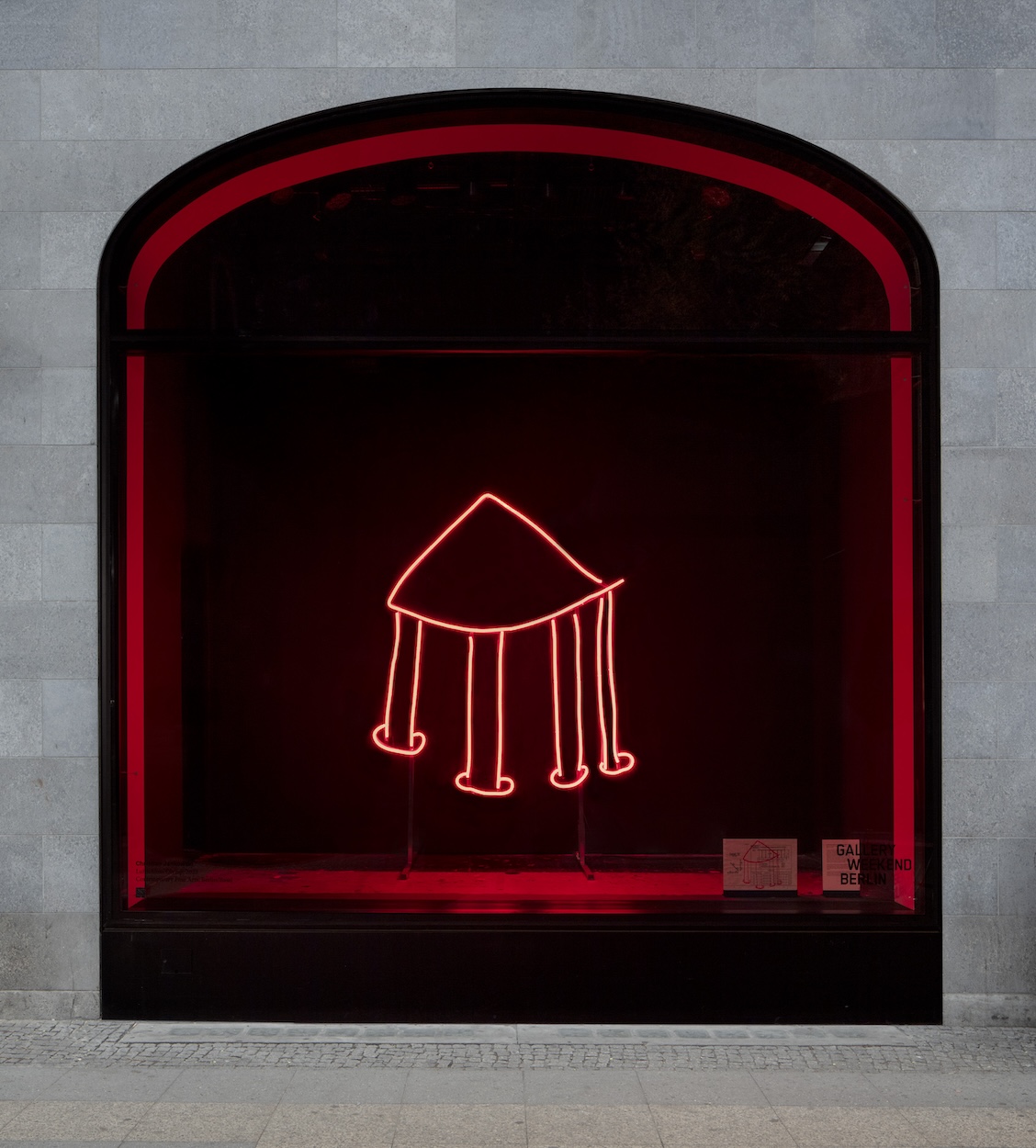
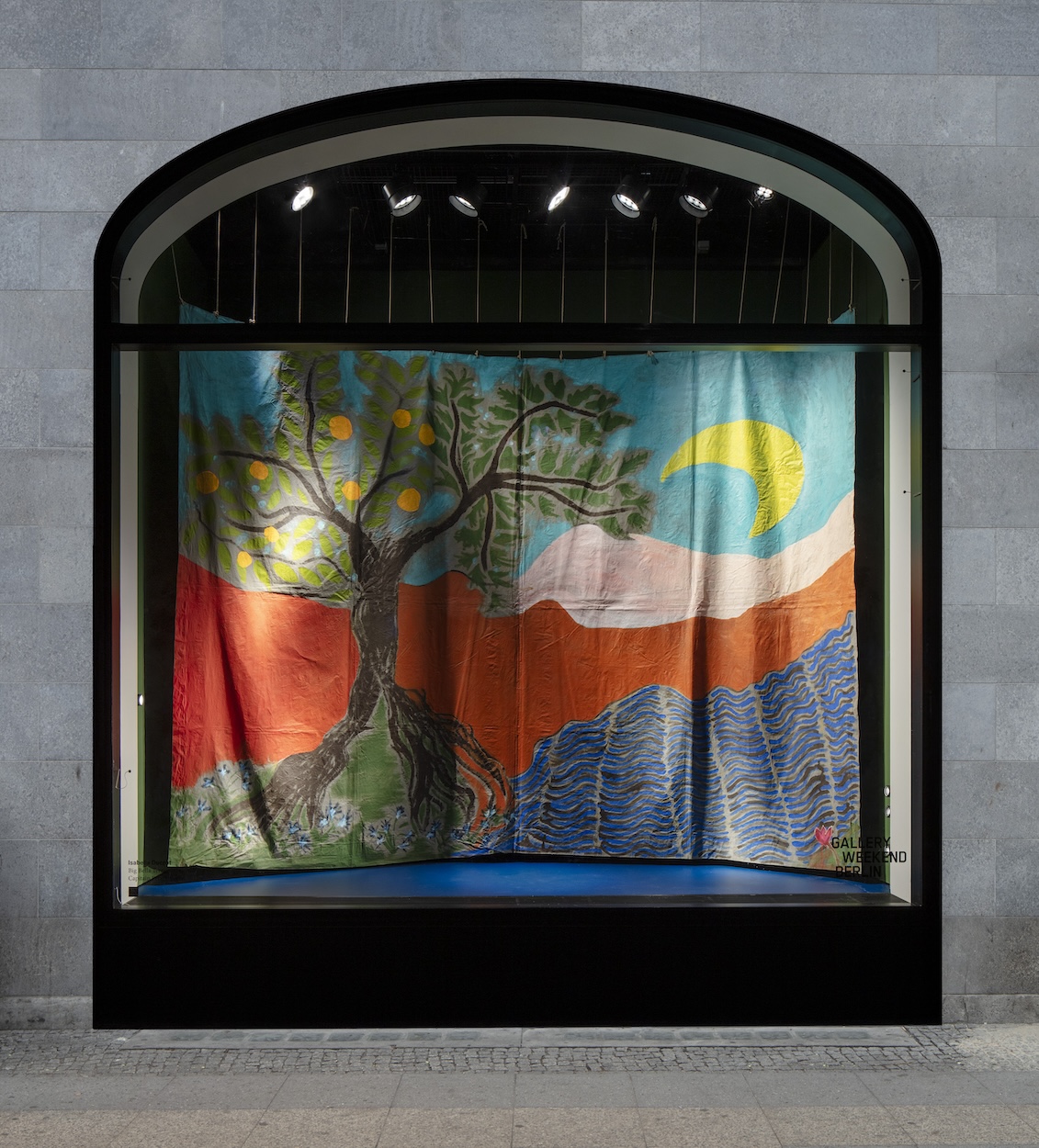
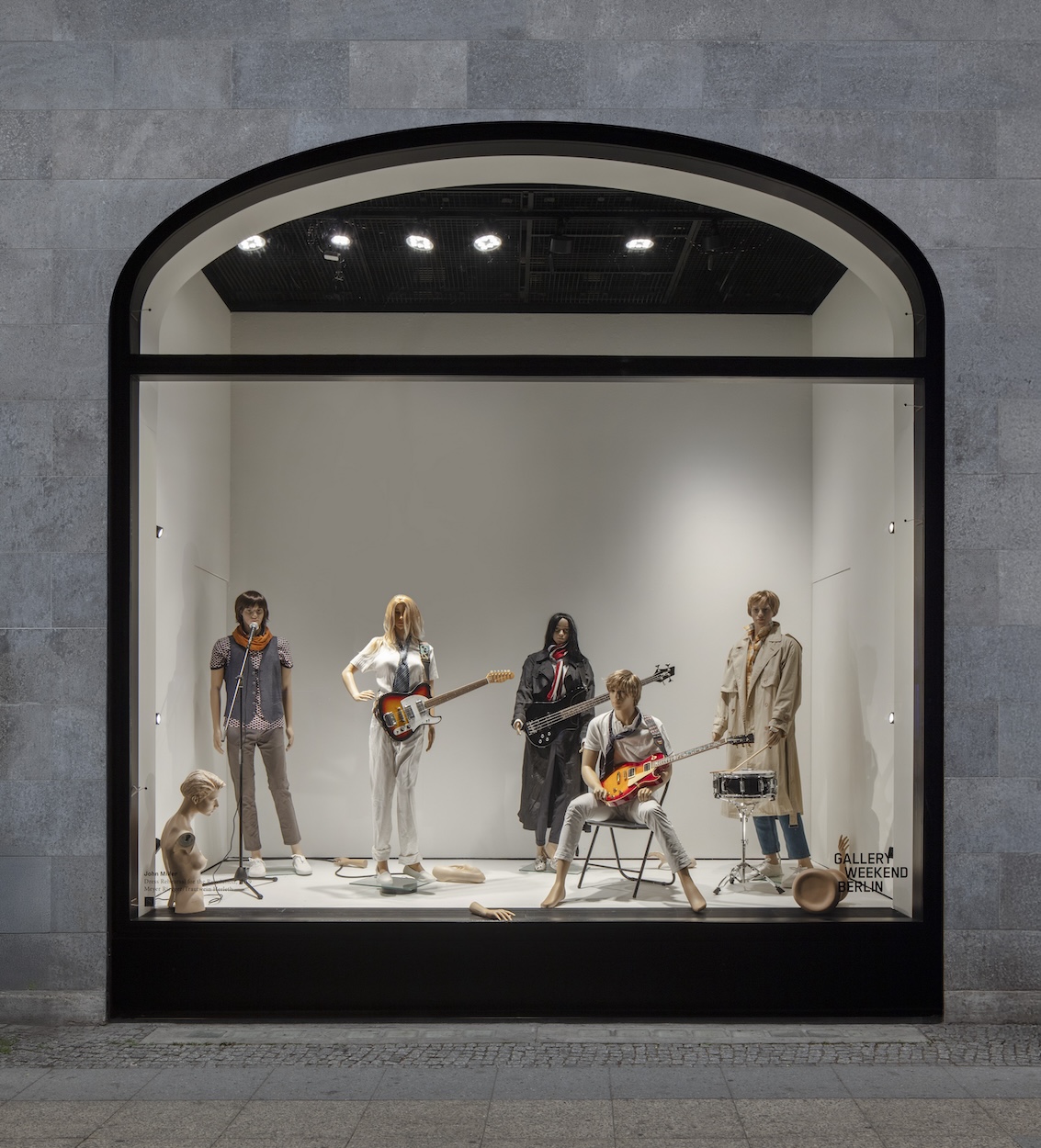
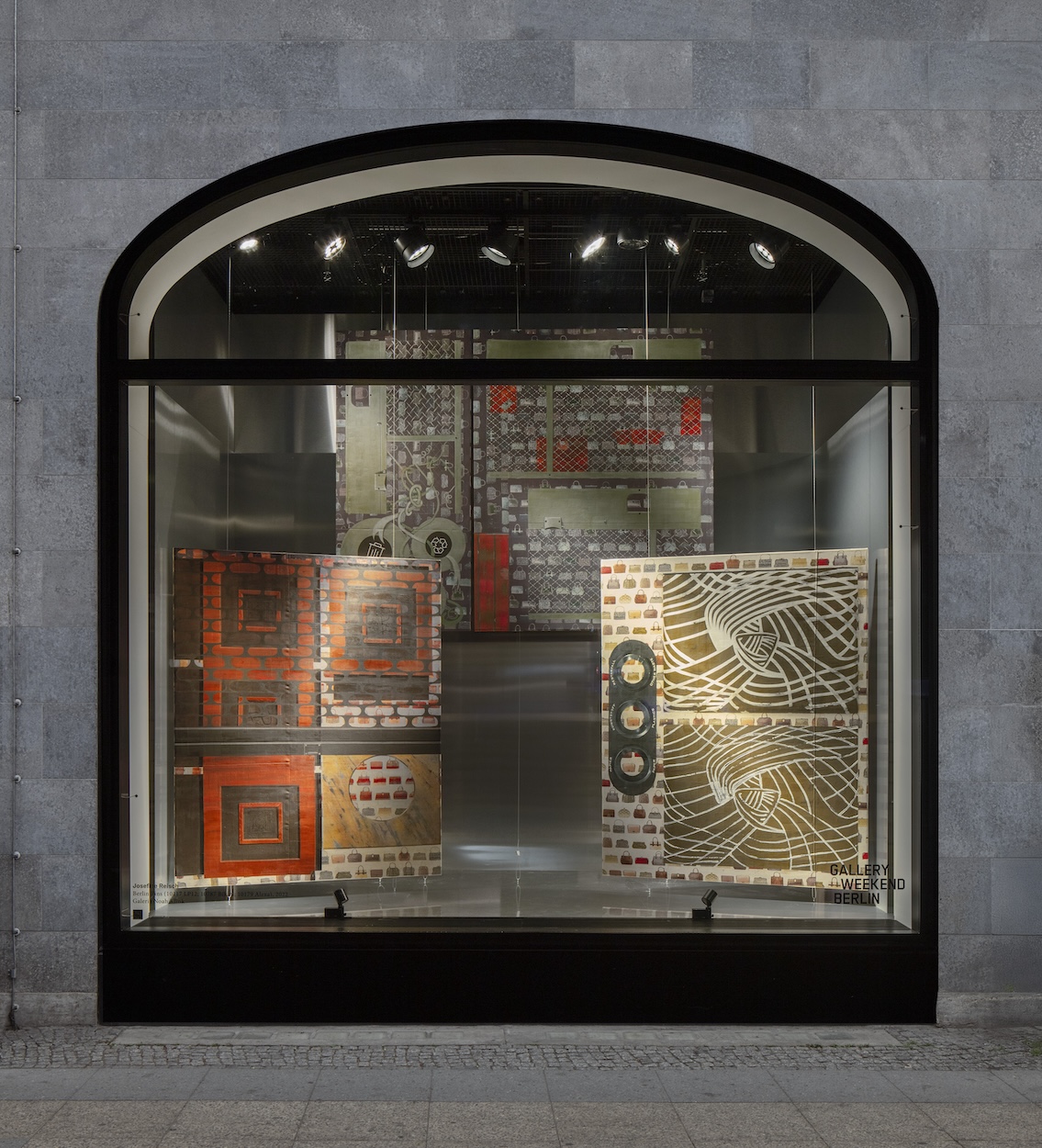
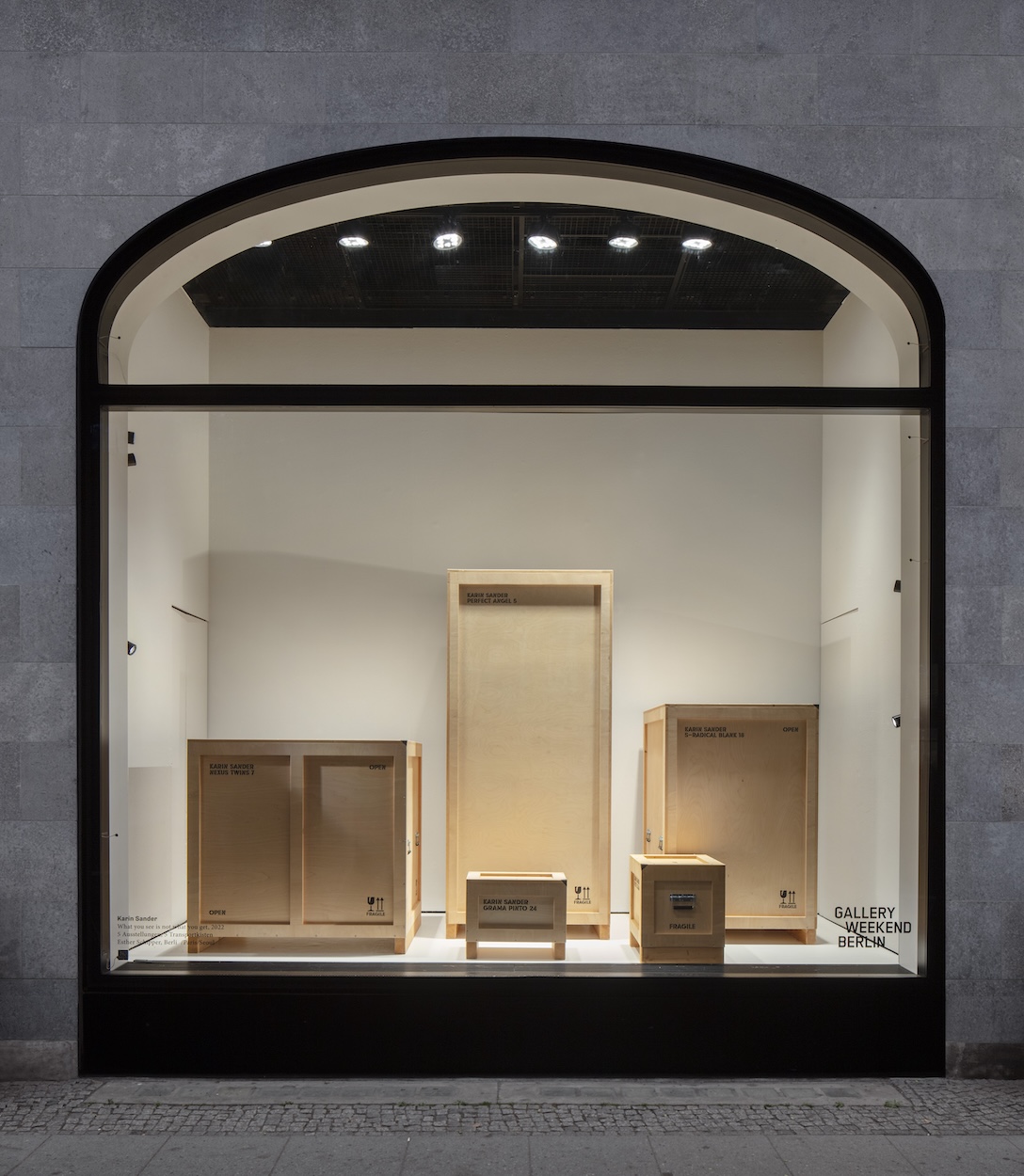
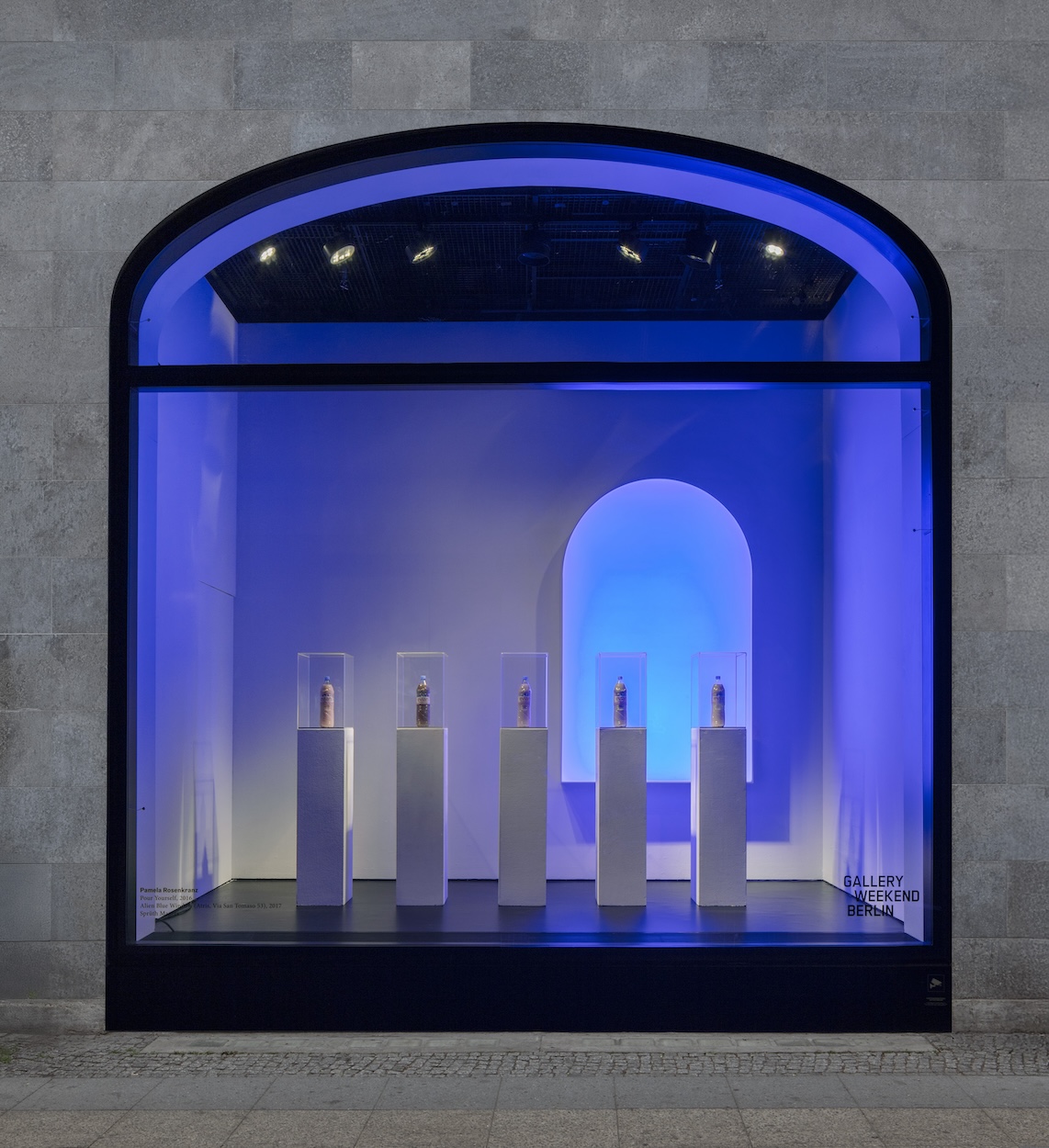
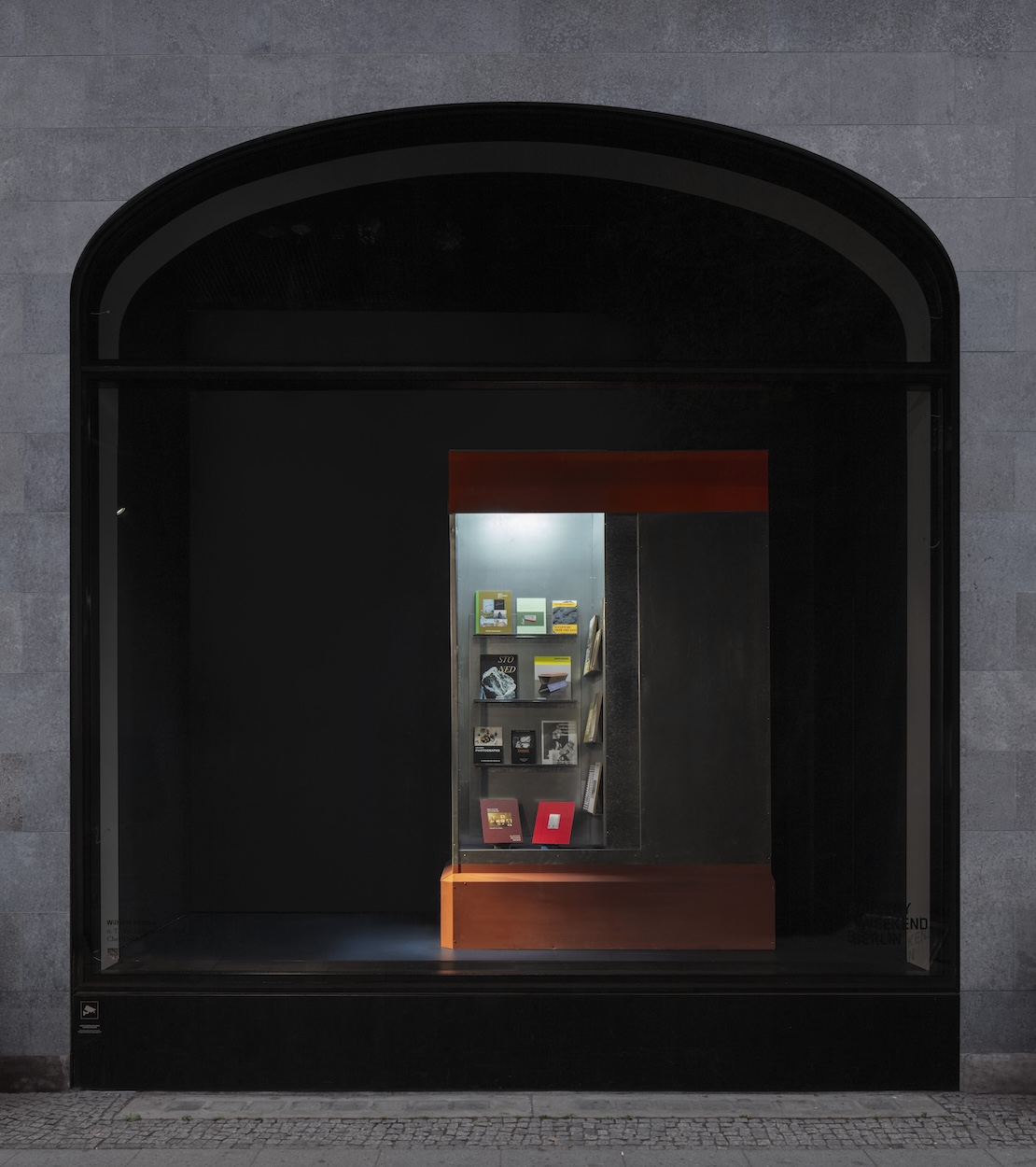
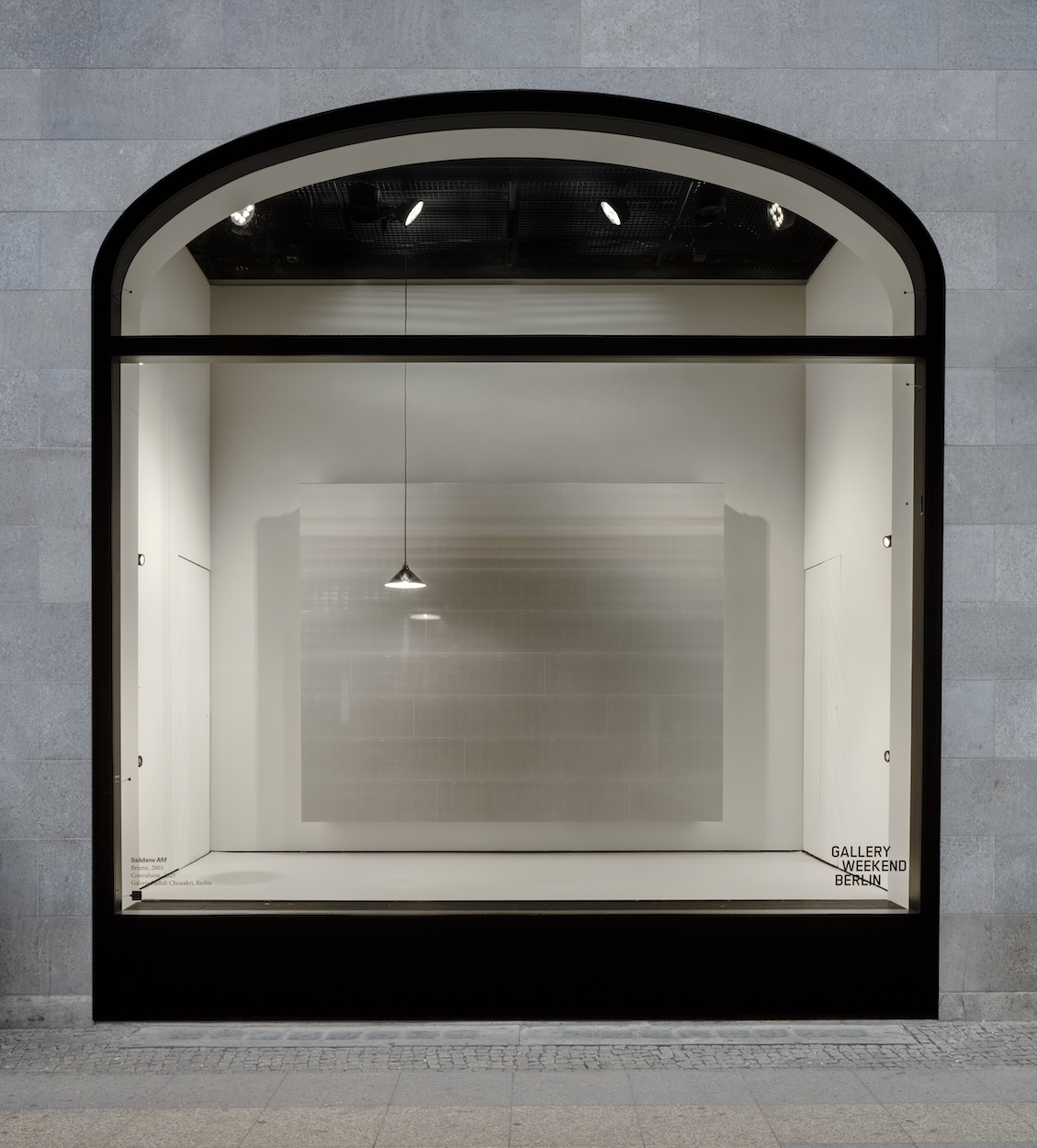
From April 22 to May 10, 2025, KaDeWe becomes a site of transformation – turning its iconic display windows for the first time into a public exhibition space. Curated by Sebastian Hoffmann and featuring contributions from ten different artists and galleries, SCHAU, FENSTER at KaDeWe is an official part of the Gallery Weekend Berlin 2025 program.
Sebastian Hoffmann shares how the project came to life, the curatorial thinking behind it and what shifts when display windows are reimagined as an art gallery.
Sebastian Hoffmann: I worked in the art trade for quite a bit, as a co-gallerist organizing exhibitions and programs. Two and a half years ago, two friends and I founded an interior firm called Tadan – we like to call ourselves “decorators”. So I’m surprised curating has remained a part of what we do and as important to me as before. The spectrum between decorating and curating is narrower than I thought. They’re really not the same, however, they’re both about relating things to each other and spaces, situations.
We’d done a couple of smaller projects before, including a loan for the brasserie upstairs – black-and-white photographs by the Latvian artist Edgars Gluhovs, of a wine tasting and paired with a quote from “Breakfast at Tiffany’s”: “Anybody with their nose pressed against a glass is liable to look stupid.“ After that, I jokingly ended an email with: “Next up – the windows…”
That kind of joke you wish becomes a reality. And then, a few weeks later, they somehow picked it up and asked if we could talk about it. KaDeWe had collaborated with artists before, but I wanted to do something with no products from the store. Then we had the idea to align it with Gallery Weekend. That’s why all participating artists are represented by galleries involved in the festival’s program.
I’ve been going there since the ’90s – mostly with my grandmother. Whenever she said her lipstick had run out, I knew we were going to KaDeWe. In hindsight, it was probably just an excuse, no lipstick’s gone that quickly – but it becamone of our rituals. I live nearby now, still go often, even just to wander around.
A display window isn’t a typical exhibition space, it has spacial volume but allows only one perspective. We encouraged the artists to treat the window as a medium in itself. It’s a bit like a stage.
Very much. They were in for all the irritation. And it works – if you hang around the storefront for 20 minutes, you’ll see all kinds of reactions from passersby and learn so much. Highly recommended!
Each window is a different case. Benjamin Heisenberg’s video piece, for example, runs on old TVs – like in a vintage electronics store. Isabella Ducrot’s large-scale painting functions like a stage set. Every window required its own approach.
You reach people who didn’t actively decide to look at art. Most come across this exhibition by accident. Sometimes one person stops and others follow, changing the dynamic entirely. That’s also why we wanted the windows to be as heterogeneous as possible.
Very thin – and that’s what makes it exciting and adds more potential to the works shown. Pamela Rosenkranz’s “Pour Yourself“, a set of Evian bottles could easily be mistaken for a product display. John Miller’s “Dress Rehearsal for the Revolution“ is a band consisting of mannequins, this band is entirely confusing in all their dead-pan glory. For this work, the project is a „homecoming“, somehow.
Some names and even works came to mind immediately – Josefine Reich, John Miller, Saâdane Afif who, with his ready-made approach, created a minimal yet effective work using reflective road sign foil – even the windowpane becomes part of the piece.
Artists like Warhol, Rauschenberg, or Jasper Johns worked with or for department store windows with creative freedom of sorts but always with products from the stores.
It’s a gift. The displays are especially striking at night – with movement, light, reflections. The city becomes part of the work. People are more focused, less distracted. The viewing experience is different at every part of the day.
New meanings emerge. Alexandra Bircken’s window shows a sculpture containing motorbike gas tanks, hair, fire – familiar but disorienting elements. It catches people and that tension between recognition and confusion creates engagement.
We’ve reversed it: here, it’s the art taking over the store.
Optimism. The collaboration was smooth – with all the galleries, especially the artists and the store. And it’s a reminder: irritation is a good thing. It opens doors, especially outside traditional spaces.
People actually stopping, really looking – maybe even missing their bus. Or the father who came with his daughter three days in a row to pick a new favorite window each day. That’s the best thing that could happen.

OLIVER ZAHM: THE RELENTLESS PURSUIT OF BEAUTY
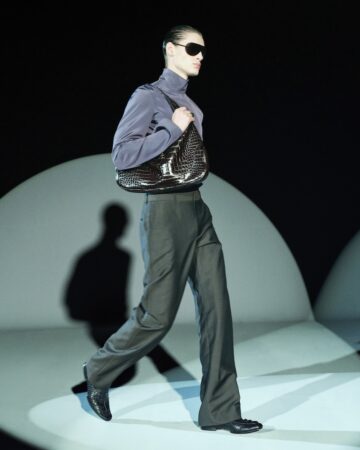
A collection that moves effortlessly between heritage and contemporary style, showcasing…
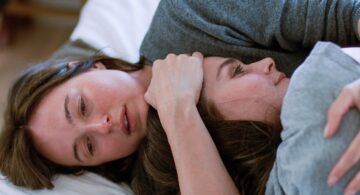
An emotionally charged portrait of a family learning to confront inherited silence, where…